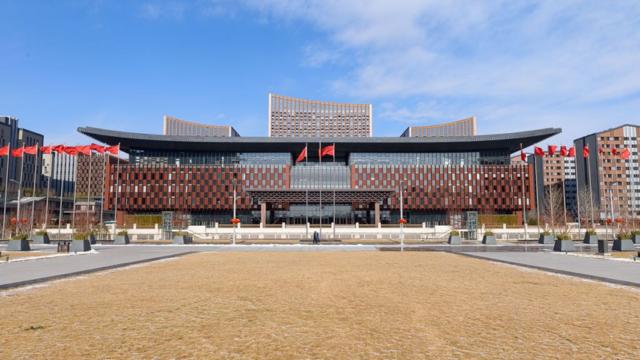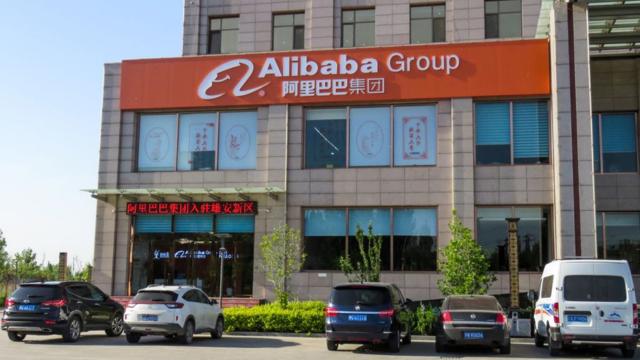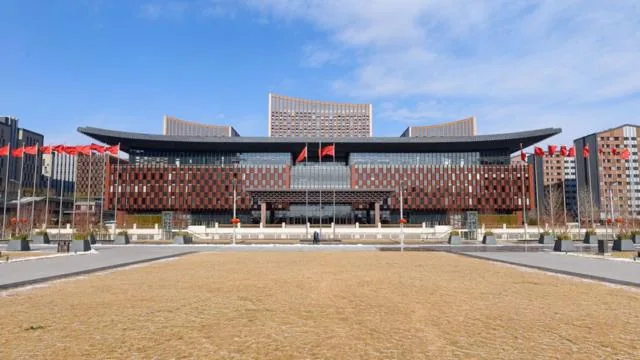New guidelines for Xiong’an are being issued, while dissidents consider the political significance of the move.
by Hu Zimo

New guidelines for the construction of Xiong’an New Area in Hebei province and for moving there from Beijing the “nonessential” parts of the national administration are being issued by the CCP’s Politburo.
Not many outside China, and not all in China either, have grasped the importance of having a “second capital” for the country, an old Imperial idea revived by Xi Jinping.
Xi has always presented the Xiong’an project as his own personal initiative. He launched the idea of a “second capital” in 2014, had it approved by the Politburo in 2015, selected the site, and inaugurated the work in 2017 calling it a “plan for a millennium.”
Xiong’an is in Hebei province and a mere 62 miles from Beijing. The plan is thus different from others advanced by scholars and calling for a second capital far away from the first, perhaps in Xinjiang, to strengthen the centralized control of the country.

Why is, thus, the Xiong’an project a “plan for the millennium”? Dissident voices in China have advanced different theories. The most simple, which certainly does not explain everything, is that CCP leaders, through relatives or straw persons, bought land in the area whose price skyrocketed overnight after the announcement of the “second capital.”
Another is that Xi, like the emperors of old, want to have his name recorded in history as the builder of a new great city. There is a certain megalomaniac tendency in Xi’s style of leadership that should not be under-evaluated.

However, a theory as good as any other is that Xi wants to break the Beijing’s networks and “factions” among CCP leaders by having them residing and working in different cities. China’s leader is always suspicious of being dethroned by internal CCP conspiracies. Dividing the leaders’ offices will be a way of better controlling them.

